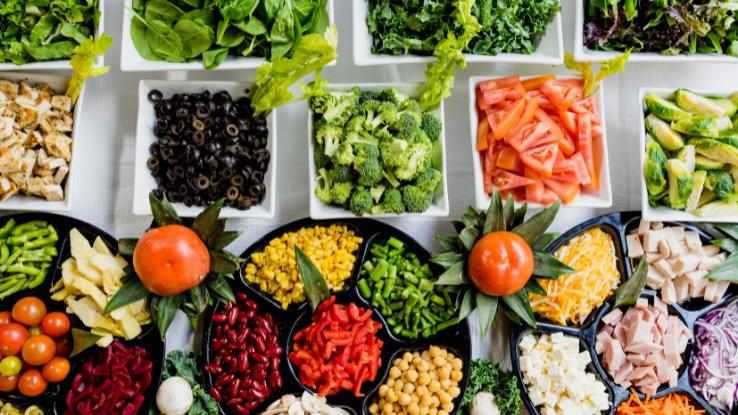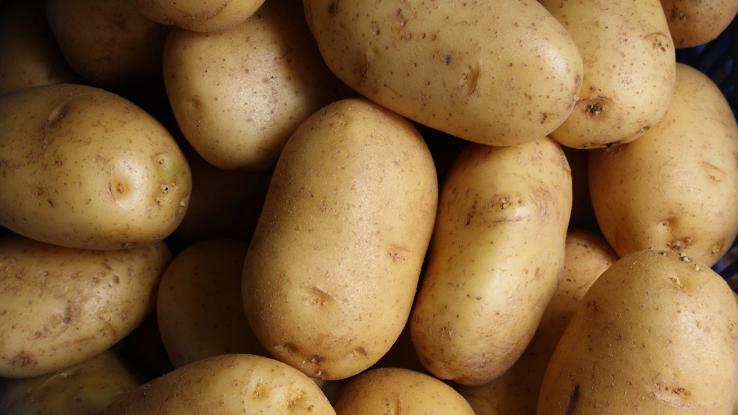
If you’ve recently been diagnosed with Type 2 diabetes, you might’ve heard that your diet plays a vital role in how well you treat and manage this condition. All people who have Type 2 diabetes should adhere to a strict diet plan that focuses on several healthy food groups. What you may not know is that the diet recommended for people with Type 2 diabetes is one of the healthiest diets for anyone, whether or not they’ve been diagnosed with diabetes. If you’re interested in adapting your lifestyle to include a healthier diet in an effort to manage your diabetes effectively, here’s what you need to know to get started.
The Importance of Having a Diet Plan
For people with diabetes, a diet plan is a critical part of their overall treatment plan. That’s because the foods they choose can help to better control their blood sugar. The recommended diet plan for diabetics has been developed as medical nutrition therapy (MNT). This means an evidence-based medical approach is used to create a nutrition plan tailored to meet the needs of people who have one or more chronic health conditions.

Diets developed using the principles of MNT typically exclude foods that people’s bodies can’t process efficiently because of their health conditions. For Type 2 diabetics, these foods include simple sugars and carbohydrates that are metabolized into sugar during digestion. Type 2 diabetics frequently develop secondary health conditions such as elevated levels of triglycerides and low-density lipoprotein (or “bad”) cholesterol. A healthy diet plan is essential for managing blood sugar. An appropriate diet may also help someone with diabetes achieve and maintain a healthy weight, which can be difficult after a Type 2 diagnosis.
When someone with Type 2 diabetes consumes excess fat, carbohydrates and calories, their body can respond with a dangerous spike in blood sugar levels. As this happens repeatedly over time, it can lead to chronic health problems, including nerve, kidney and heart damage. According to the American Diabetes Association, diabetes and its complications contribute to as many as 270,000 deaths each year in the United States alone. Maintaining a healthy diet may help to prevent some of the most serious outcomes of this chronic condition.
Here are a few important factors to consider when creating a Type 2 diabetes diet plan:
- Current body composition: Weight and body mass index (BMI) can help to determine whether someone with Type 2 diabetes needs to lose weight. Up to 90% of people with Type 2 diabetes are overweight. Weight loss can result in significant improvements for diabetics. As such, body composition plays a major role in formulating a diabetic diet.
- Activity level: Active people need to consume more calories and nutrients than those who are less active.
- Special dietary needs: Diabetics who have health conditions, such as food allergies, have special dietary needs that need to be incorporated into their individual diet plans.
When creating a food plan, a dietician will request a diabetic’s complete medical history to ensure the diet meets all nutritional and health-related needs. The main goal of the diet is to help control Type 2 diabetes.
What to Include on a Type 2 Diabetes Diet
Some foods are almost always healthy and will play a prominent role in most diabetic diet plans. The principles of MNT include the fact that the quality of what you eat is just as important as the quantity. Among the components in a diet plan for Type 2 diabetes are:

- Fiber: Fiber is a critical factor in any diet, as it helps your body eliminate excess cholesterol from your cardiovascular system. It absorbs water from your digestive tract and ensures proper bowel function. It’s also an indigestible complex carbohydrate that your body can’t absorb and break down into sugars. As such, it doesn’t cause large glucose spikes in your bloodstream.
- Healthy carbohydrates: Carbohydrates come in many forms. Sugars are simple carbohydrates, whereas starches are complex carbohydrates. Although all carbohydrates are ultimately broken down into glucose, the simpler carbohydrates, such as white sugar, generate glucose rapidly and can cause a quick increase in blood glucose levels. The healthiest carbohydrates are those that are the least processed and contain fiber; these include the carbohydrates found in vegetables, whole grains and legumes.
- Heart-healthy protein: Two good sources of animal-based protein are chicken and fish. These sources are low in saturated fat and cholesterol. Chicken should be served without skin and baked, broiled or grilled to avoid excess fat. Fish is a rich source of omega-3 fatty acids that can promote heart health by lowering triglyceride levels. Salmon, mackerel and herring are among the fish highest in omega-3 fatty acid content.
- Heart-healthy fat: Heart-healthy or “good” fats are those that help to lower cholesterol. They include monounsaturated and polyunsaturated fats. Foods that supply these fats include avocados, nuts, olives and certain oils. People with diabetes should limit their intake of fat because it’s high in calories.
Foods to Avoid on a Type 2 Diabetes Diet
Because diabetes increases the risk for cardiovascular disease, people with diabetes should watch their intake of the following:

- Cholesterol: Sources of cholesterol include high-fat dairy products, red meat, organ meats, eggs and shellfish. Eat these foods sparingly.
- Saturated fats: Saturated fats are found in high-fat dairy products, beef, processed meats and pork products. You should also consume these foods sparingly.
- Trans-unsaturated fats: These fats are typically found in processed foods, shortening and margarine. Avoid them completely.
- Sodium: Sodium balance is critical. But consuming too much sodium (usually in the form of salt) can exacerbate health problems that occur frequently in people with Type 2 diabetes, including hypertension, congestive heart failure, liver and kidney problems, heart attack and stroke. Processed foods are high in sodium and should be consumed sparingly.
Putting It All Together
With the help of a dietician, you can find an approach to healthy eating that works for you. It’s also essential to take the time to read food labels, as careful monitoring of the nutrients you’re consuming is a critical factor in successful dietary management.

Rather than counting calories, it may be easier to count net daily carbohydrates (“net carbs”). To calculate net carbs, subtract the amount of fiber and sugar alcohols (found in some diet products) from the total grams of carbohydrates in the foods you eat. This value may provide a more accurate idea of the impact of various foods on your blood glucose levels. Many net-carb calculators are available online to help you figure out these numbers.
Some people with Type 2 diabetes find it easier to use the “exchange” system to manage their diets. In this way of eating, food groups with similar values are used to select meals. This system can be difficult for some because it’s quite a different way to think about foods in comparison to the traditional food groups that we learn as children.
Some people use the “glycemic index” system, which assigns a number value to individual foods based on their potential to affect blood sugar levels. While this method can make it easier to select foods, some foods with a low glycemic index aren’t necessarily the healthiest for people with Type 2 diabetes. Foods that are high in fat, for example, have a low glycemic index but should still be avoided because they’re generally high in calories.
Maintaining a healthy diet is important for everyone. People who are concerned about their health or their weight can also consult with a dietitian and create a diet plan tailored to their individual needs and preferences. The improved health that can follow is worth the effort.
Resource Links:
https://www.niddk.nih.gov/health-information/diabetes
https://www.nhlbi.nih.gov/health/educational/lose_wt/eat/fd_exch.htm
http://www.thecmafoundation.org/projects/pdfs/excercise%20on%20glycemic%20control%20and%20bmi.pdf





